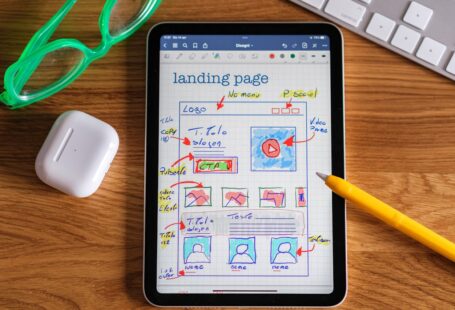The world of 3D printing has seen a huge surge over the last few years. With advances in technology, 3D printing can now be used to create complex objects and materials with high precision. One of the most exciting developments in 3D printing is the ability to use biodegradable materials. This article will explore the possibilities of 3D printing with biodegradable materials, as well as its potential applications.
What Are Biodegradable Materials?
Biodegradable materials are materials that can be broken down by natural processes. These materials are composed of organic compounds that are naturally broken down by bacteria and other microorganisms. The process of biodegradation can take anywhere from a few weeks to several years, depending on the type of material and the environmental conditions. Biodegradable materials are becoming increasingly popular as a way to reduce the amount of non-biodegradable waste that is sent to landfills.
Advantages of 3D Printing with Biodegradable Materials
There are several advantages to 3D printing with biodegradable materials. First, the materials are significantly lighter than traditional materials, making them easier to transport and store. Additionally, biodegradable materials are often more flexible and durable than traditional materials, making them well-suited for a variety of 3D printing applications. Finally, biodegradable materials are much more environmentally friendly than traditional materials, as they can be broken down naturally without the need for harsh chemicals or energy-intensive processes.
Applications of 3D Printing with Biodegradable Materials
3D printing with biodegradable materials has a wide range of applications. One of the most common applications is for rapid prototyping. In rapid prototyping, objects are quickly and accurately created for use in product design and development. Biodegradable materials are well-suited for rapid prototyping as they can be quickly and easily manipulated to create complex objects with high precision.
Another application of 3D printing with biodegradable materials is the creation of medical devices and implants. By using biodegradable materials, medical devices can be created that are highly precise and can be broken down over time, reducing the need for additional surgeries. Additionally, biodegradable materials can be used to create prosthetics that are more comfortable and lightweight than traditional prosthetics.
Finally, 3D printing with biodegradable materials can be used to create food products. Biodegradable materials can be used to create intricate shapes and textures, making them ideal for creating custom-shaped snacks and desserts. Additionally, biodegradable materials can be used to create edible food packaging, reducing the amount of waste created by traditional packaging.
Conclusion
3D printing with biodegradable materials is an exciting and rapidly growing field. By utilizing biodegradable materials, 3D printing can be used to create complex objects with high precision and low environmental impact. Furthermore, biodegradable materials can be used to create medical devices, implants, prosthetics, and food products with greater precision than traditional materials. As technology advances, the possibilities of 3D printing with biodegradable materials are sure to become even more exciting.





